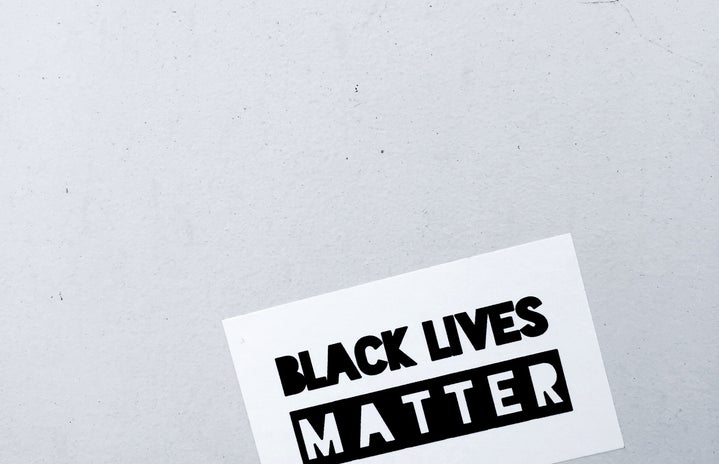Colson Whitehead truly opened my eyes. First of all, he is the fourth writer in history to have won the Pulitzer Prize for Fiction TWICE. Second, in order to understand the world today, we need to know history. In order to understand structural racism in the United States, we must have a look into the past. This is the part where Colson Whitehead steps in. His two latest novels, The Underground Railroad and The Nickel Boys are mind-blowing and eye-opening. Here’s a brief introduction to both of them to tickle your book lust.
The Underground Railroad (2016) narrates a story of Cora and Caesar. The latter approaches Cora with an escape plan but she refuses. However, after conditions in the plantation get worse (if that’s even possible in the first place) she changes her mind. Together they escape using the underground railroad, a system built for runaway slaves such as themselves. As their journey proceeds, suspense builds up. Throughout the novel, we are shown the horrific and abhorrent circumstances slaves went through every day. The concept of freedom truly slaps one’s face with a new perspective.
The Nickel Boys (2019) is based on a true story of the Dozier School, a reform school in Florida, called Nickel Academy in the novel. The school operated for 111 years and throughout that time gained a reputation for abuse and cruelty. After all beatings, torture, rape and abuse, even murders of students by the staff, the place was shut down and its history was exposed because of a university’s investigation. The narrative alternates between the years 1960 and 2020 and follows the life of Elwood Curtis, an African-American high school student who ends up in the Nickel Academy because of false conviction. Boys at the academy receive poor education, are forced to hard labour, and receive brutal punishment too frequently. Since the students are segregated by race, the boys with darker skin face more horrendous treatment. The story shows the dark sides of humanity in the Jim Crow-era, however it is hope that shines the way throughout the story, even in the worst of times.
Stories matter. Through alternate history and some works of fiction, we are both shown and taught how structural racism grew its roots and how white people were the ones to plant the seeds. We can see it’s still there, and by understanding its history, we can shred the trees the seeds have grown into. Now, I wish you the best of time reading Colson Whitehead.


